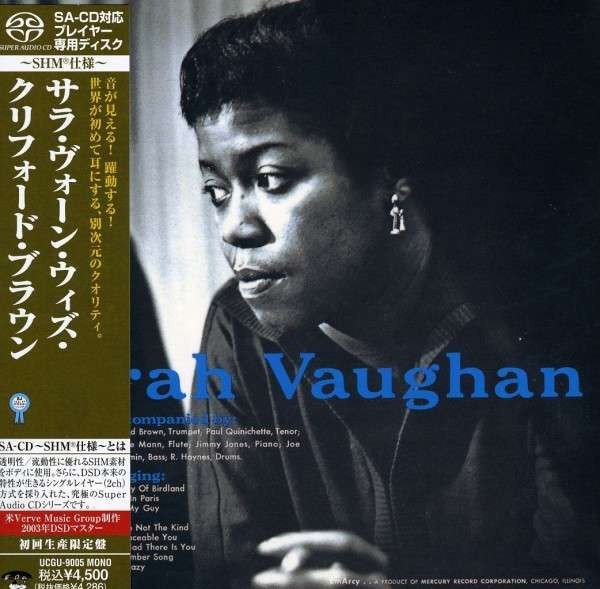
Sarah Vaughan – Sarah Vaughan with Clifford Brown (1954) [Japan 2010]
DSD64 files (.dsf) Mono 1 bit/2,8 MHz | Time – 49:45 minutes | 1,96 GB
FLAC 2.0 Mono (tracks) 24-bit/96 kHz | Time – 49:45 minutes | 1,01 GB
Source: SHM SACD-R, Universal Music Japan # UCGU-9005 | Artwork: Small front
This 1954 studio date, a self-titled album recorded for Emarcy, was later reissued as Sarah Vaughan with Clifford Brown to denote the involvement of one of the top trumpeters of the day. Vaughan sings nine intimate standards with a band including Brown on trumpet, Herbie Mann on flute, and Paul Quinichette on tenor, each of which have plenty of space for solos (most of the songs are close to the five-minute mark). Vaughan is arguably in the best voice of her career here, pausing and lingering over notes on the standards “April in Paris,” “Jim,” and “Lullaby of Birdland.” As touching as Vaughan is, however, Brown almost equals her with his solos on “Lullaby of Birdland,” “Jim,” and “September Song,” displaying his incredible bop virtuosity in a restrained setting without sacrificing either the simple feeling of his notes or the extraordinary flair of his choices. Quinichette’s solos are magnificent as well, his feathery tone nearly a perfect match for Vaughan’s voice. Ironically though, neither Brown nor Quinichette or Mann appear on the album’s highlight, “Embraceable You,” which Vaughan performs with close accompaniment from the rhythm section: Jimmy Jones on piano, Joe Benjamin on bass, and Roy Haynes on drums. Vaughan rounds the notes with a smile and even when she’s steeping to reach a few low notes, she never loses the tremendous feeling conveyed by her voice. In whichever incarnation it’s reissued, Sarah Vaughan with Clifford Brown is one of the most important jazz-meets-vocal sessions ever recorded.
Around Christmas 1951, Sarah Vaughan was headlining at New York’s Café Society. Also on the bill was a rhythm and blues group from Philadelphia called Chris Powell and His Blue Flames. Vaughan listened to the group while she was offstage and was very impressed with Powell’s newest band member, a 22-year old unrecorded trumpeter named Clifford Brown. Vaughan and Brown discussed making a recording together, but it would be nearly three years before the sessions took place. Vaughan was recording for Columbia in 1951, and one of her recent albums featured Miles Davis, so Columbia was probably not too keen on pairing with another jazz trumpet player. Instead, she recorded several pop sides for Columbia until her contract expired in early 1953. About a year later, she signed an unusual deal with Mercury, recording pop sides for the parent label, and jazz for the subsidiary, EmArcy. By the time Vaughan and Brown collaborated on record, both were recording for EmArcy, and Brown had become one of the most popular young jazz trumpeters on the scene. Originally titled “Sarah Vaughan” (and later repackaged to promote Brown’s presence), the album was Vaughan’s second jazz date for the label and her first recording for 12-inch LPs.
The album was recorded in two sessions during December 1954. Vaughan’s working trio of pianist Jimmy Jones, bassist Joe Benjamin and drummer Roy Haynes, was augmented by Brown, tenor saxophonist Paul Quinichette and flutist Herbie Mann. Mann was a busy New York session player during this time. He had heard about Brown as early as 1949, and was ecstatic when Quincy Jones—an old friend of Brown’s—secured him a place on the Vaughan date. Quinichette was one of Lester Young’s most ardent disciples, and was dubbed “Vice-Pres” for his dedication to Young’s style. Neither Mann nor Quinichette was a top-flight improviser at the time, but being in the presence of Vaughan and Brown inspired them to some of their finest recorded work to that time. Vaughan claimed that Brown knew none of the songs that she and arranger Ernie Wilkins had prepared for the album, but he certainly knew “Lullabye of Birdland”, and was probably familiar with “April in Paris” and “September Song”. In any case, Brown was intrigued with the repertoire, as witnessed by an unissued practice tape I heard while visiting Brown’s widow, LaRue. On it, Brown improvised new solos while his recorded solos from this album played on a phonograph.
“Lullabye of Birdland” opens the album, and it features Vaughan’s only scat solos of the date. She improvises four-bar phrases against the horns, and in the only alternate take of the date, we can hear Vaughan and the band in an earlier attempt at the solo section. “April in Paris” gets an elegant treatment with Vaughan singing an exquisite first chorus supported only by Jones, and a cup-muted Brown offering perfectly modulated responses in Vaughan’s second chorus. “He’s My Guy” has Vaughan at her sassiest, a swinging chorus by Quinichette, glorious open trumpet by Brown, and tasty piano from Jones. The last chorus is a total delight, with Vaughan sliding around the melody while the horns support her with a groovy little riff. “Jim” was a little-recorded tune when Vaughan and Brown made their version, and the excellence of this recording has kept many other singers from attempting it. It’s hard to imagine anyone topping this rendition, with Vaughan’s heartfelt delivery and Brown’s eloquent solo, but when I heard expatriate American Sara Lazarus sing it at the Paris nightclub New Morning, it was clear that everyone in the room knew the Vaughan recording note-for-note, and Lazarus carefully avoided Vaughan’s melodic and rhythm variations without losing the spirit of the original recording, When the first chorus ended, we nearly expected to hear a new solo by Clifford Brown.
The glowing sound of Brown’s trumpet opens the second side with “You’re Not the Kind”. The rhythm section locks into a tight swinging groove, and Vaughan uses her elastic sense of rhythm in the opening chorus. Quinichette rides the rhythm like Young, Mann has good ideas, but his anemic tone is no match for Brown’s rich tone. And what a solo Brown plays, dotted with beautifully executed double-time and great melodic sequences. Vaughan’s final chorus is a brilliant melodic variation, and in the coda, she nails a chromatic sequence that had given her trouble in a previous recording. In a cruel irony, that earlier version featured the young bop trumpeter Freddie Webster, who died less than two years after the recording; when Clifford Brown died eighteen months after this recording, Vaughan removed the song from her repertoire and never recorded it again. “Embraceable You” features Vaughan with the trio, and she performs a remarkable variation on the Gershwin melody. The lyrics of “September Song” take on extra poignancy considering Brown’s early (and accidental) passing, but the trumpeter’s double-time solo lightens the funereal mood. Vaughan includes the oddly-measured verse to “I’m Glad There Is You”, and her entrance to the chorus is the only place where her ornamentation seems overdone. No such complaints from that point on, though—her final half-chorus contains more breathtaking variations. This was a special song for Brown, as the sentiments of the lyric expressed his feelings about his new bride, who was sitting in the studio as they made this recording. The album closes with the light-hearted “It’s Crazy”, which inspires Brown’s fieriest solo of the date and a Quinichette solo that opens with a quote from Lester Young’s solo on “Jive At Five”.
The music recorded on those two winter days more than a half-century ago remains vibrant and alive, even though all but one of the participants have passed on. Only Roy Haynes survives, and he may be even more creative today than in the mid-50s. The rest created great music in their remaining days, with Vaughan’s voice and artistry growing more profound as her career continued. Even Clifford Brown topped himself repeatedly with only a year and a half left to create. His recordings with Max Roach and Sonny Rollins remain unquestioned jazz masterpieces, with the extraordinary musical communication between the principals adding spark to their inventive music. Quinichette recorded several fine albums, including a collaboration with John Coltrane, and Mann’s music was a commercial success in the sixties and seventies. Jones was in constant demand as a vocal accompanist (including stints with Duke Ellington, Ella Fitzgerald and Shirley Horn), and Benjamin toured with Dave Brubeck and Ellington. The plainly-titled album “Sarah Vaughan” has been properly acclaimed as one of the finest vocal albums ever made. Yet in a sense, it is more profound than that: it represents a high point from musicians who would find even greater heights to conquer.
– written by Thomas Cunniffe
Tracklist:
01. Lullaby Of Birdland
02. April In Paris
03. He’s My Guy
04. Jim
05. You’re Not The Kind
06. Embraceable You
07. I’m Glad There Is You
08. September Song
09. It’s Crazy
10. Lullaby Of Birdland (Partial Alternate Take)
Personnel
Sarah Vaughan – vocals
Clifford Brown – trumpet
Paul Quinichette – tenor saxophone
Herbie Mann – flute
Jimmy Jones – piano
Joe Benjamin – bass
Roy Haynes – drums
Produced by Bob Shad. Arranged & Conducted by Ernie Wilkins.
Recorded in December 1954 at Fine Sound, New York City.
DSD Mastering from the Original Analog Master.
DSF DSD64
mqs.link_SarahVaughanSarahVaughanwithCliffrdBrwn1955Japan2010SACDRDSD64Mn.part1.rar
mqs.link_SarahVaughanSarahVaughanwithCliffrdBrwn1955Japan2010SACDRDSD64Mn.part2.rar
mqs.link_SarahVaughanSarahVaughanwithCliffrdBrwn1955Japan2010SACDRDSD64Mn.part3.rar
FLAC 24bit/96kHz
mqs.link_SarahVaughanSarahVaughanwithCliffrdBrwn1955Japan2010FLACMn2496.part1.rar
mqs.link_SarahVaughanSarahVaughanwithCliffrdBrwn1955Japan2010FLACMn2496.part2.rar




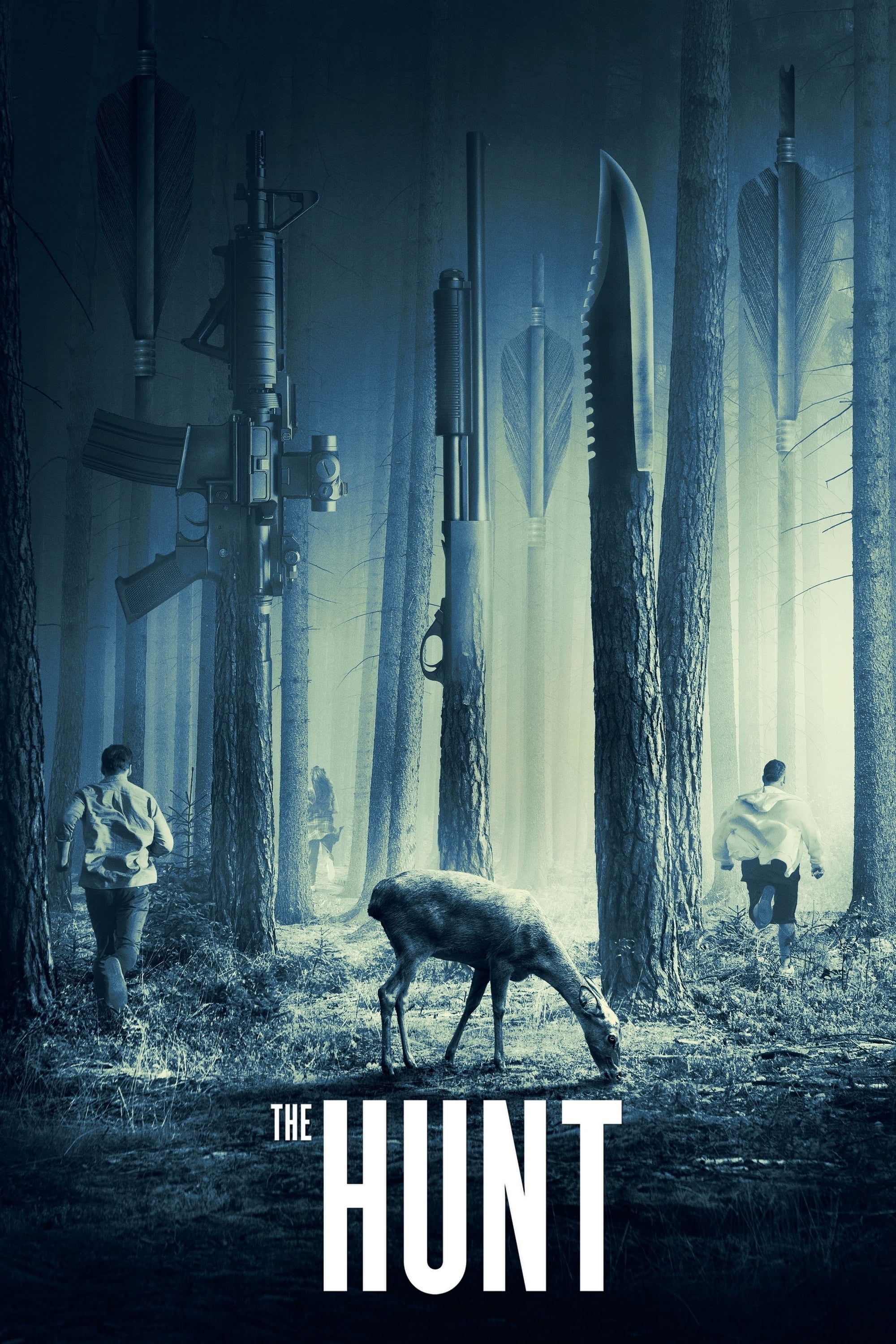


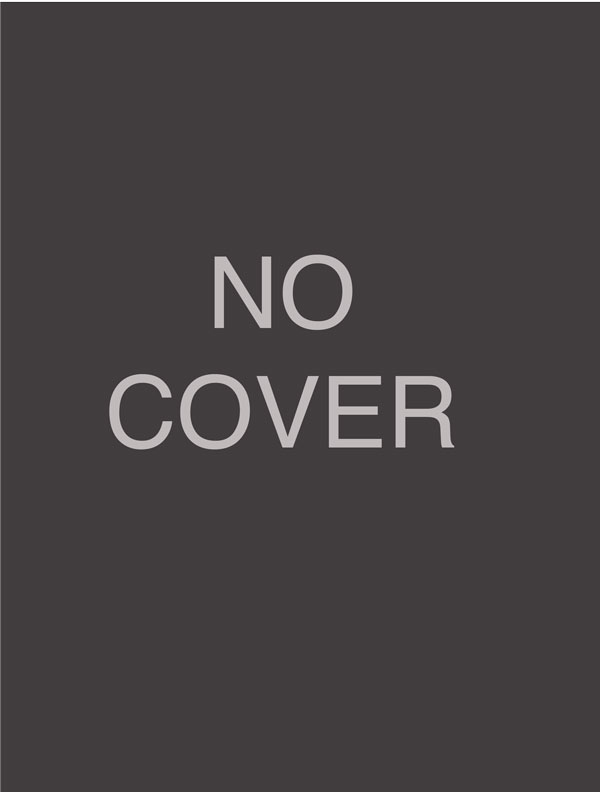
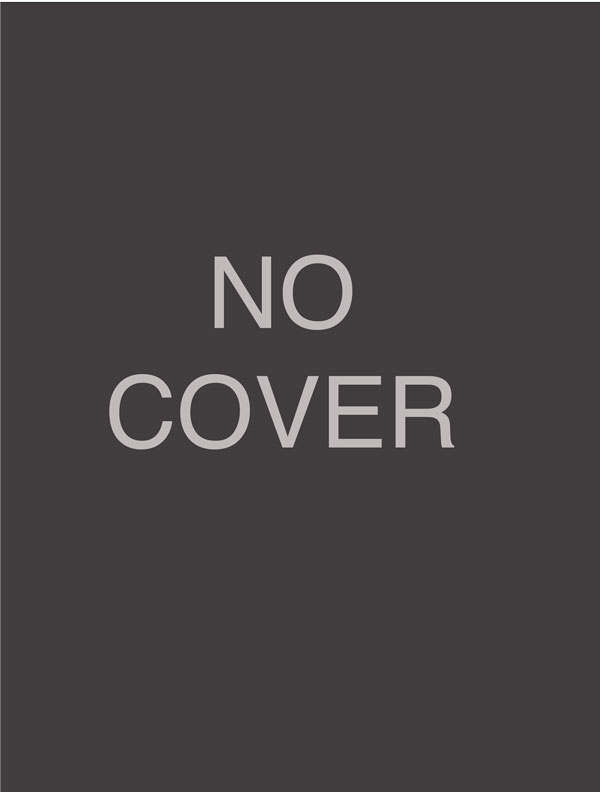
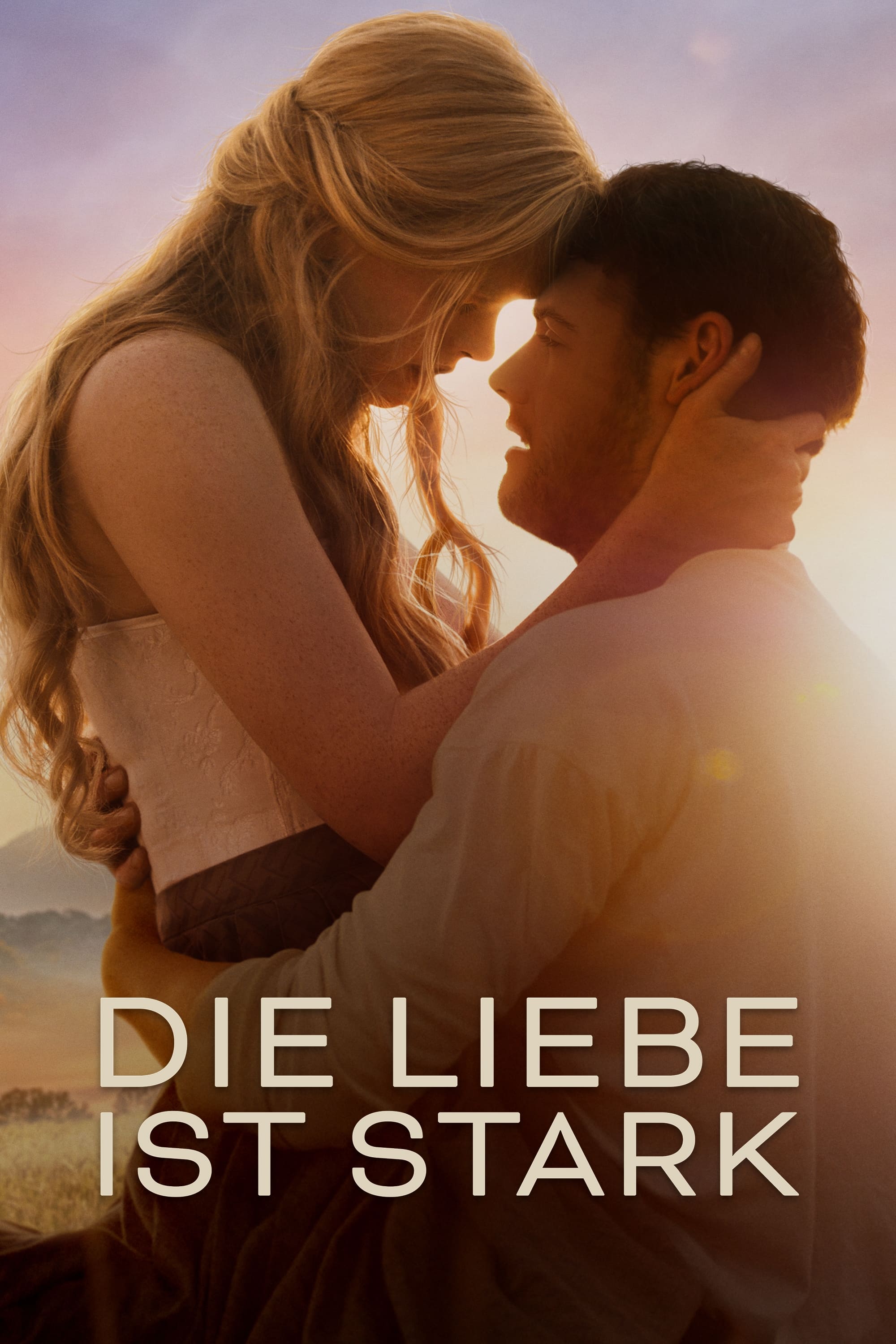
![Sarah Vaughan - 50 Essentials of Sarah Vaughan (2014) [FLAC 24bit/96kHz] Sarah Vaughan - 50 Essentials of Sarah Vaughan (2014) [FLAC 24bit/96kHz]](https://imghd.xyz/images/2022/01/23/zy3cnov08yfwb_600.jpg)
![Sarah Vaughan - Sarah Vaughan with Clifford Brown (1955/2020) [FLAC 24bit/96kHz] Sarah Vaughan - Sarah Vaughan with Clifford Brown (1955/2020) [FLAC 24bit/96kHz]](https://getimg.link/images/imgimgimg/uploads/2021/06/yuF9gFv.jpg)
![Sarah Vaughan - 30 Essentials of Sarah Vaughan (2014) [FLAC 24bit/96kHz] Sarah Vaughan - 30 Essentials of Sarah Vaughan (2014) [FLAC 24bit/96kHz]](https://getimg.link/images/imgimgimg/uploads/2020/07/Wr7oyNm.jpg)
![Sarah Vaughan - Sassy (1984/2022) [FLAC 24bit/96kHz] Sarah Vaughan - Sassy (1984/2022) [FLAC 24bit/96kHz]](https://i0.wp.com/imghd.xyz/images/2022/06/14/00903de6.jpg?resize=500%2C500&ssl=1)
![Sarah Vaughan - That Sassy Young Sassy! 1949-1953 (2021) [FLAC 24bit/96kHz] Sarah Vaughan - That Sassy Young Sassy! 1949-1953 (2021) [FLAC 24bit/96kHz]](https://i.postimg.cc/h4zVc45q/00864be2.jpg)
![Sarah Vaughan - Live at the Berlin Philharmonie 1969 (2021) [FLAC 24bit/176,4kHz] Sarah Vaughan - Live at the Berlin Philharmonie 1969 (2021) [FLAC 24bit/176,4kHz]](https://i0.wp.com/imghd.xyz/images/2022/08/13/009173db.jpg?resize=500%2C500&ssl=1)
![Sarah Vaughan - The Magic of Sarah Vaughan (Remastered) (2016) [FLAC 24bit/96kHz] Sarah Vaughan - The Magic of Sarah Vaughan (Remastered) (2016) [FLAC 24bit/96kHz]](https://getimg.link/images/imgimgimg/uploads/2020/04/LroIlsG.jpg)
![Sarah Vaughan - Sarah Vaughan Sings (1965/2022) [FLAC 24bit/96kHz] Sarah Vaughan - Sarah Vaughan Sings (1965/2022) [FLAC 24bit/96kHz]](https://i0.wp.com/imghd.xyz/images/2022/02/12/u9774s9205mya_600.jpg?resize=500%2C500&ssl=1)
![Sarah Vaughan - Vaughan And Violins (1959/2019) [FLAC 24bit/44,1kHz] Sarah Vaughan - Vaughan And Violins (1959/2019) [FLAC 24bit/44,1kHz]](https://getimg.link/images/imgimgimg/uploads/2021/10/mUzzgN6.jpg)
![Sarah Vaughan - No Count Sarah (1958/2021) [FLAC 24bit/192kHz] Sarah Vaughan - No Count Sarah (1958/2021) [FLAC 24bit/192kHz]](https://getimg.link/images/imgimgimg/uploads/2021/06/ylzeZ0H.jpg)
![Sarah Vaughan - Sing the Best of Irving Berlin (1957/2021) [FLAC 24bit/96kHz] Sarah Vaughan - Sing the Best of Irving Berlin (1957/2021) [FLAC 24bit/96kHz]](https://mqs.link/wp-content/uploads/2022/05/Acod0Q5.jpg)
![Sarah Vaughan - Sing the Best of Irving Berlin (1957/2021) [FLAC 24bit/48kHz] Sarah Vaughan - Sing the Best of Irving Berlin (1957/2021) [FLAC 24bit/48kHz]](https://mqs.link/wp-content/uploads/2022/05/PjcncAm.jpg)
![Sarah Vaughan - The Magic of Sarah Vaughan (1959/2021) [FLAC 24bit/96kHz] Sarah Vaughan - The Magic of Sarah Vaughan (1959/2021) [FLAC 24bit/96kHz]](https://mqs.link/wp-content/uploads/2022/05/fn3n1OW.jpg)
![Sarah Vaughan - At Mister Kelly’s (1957/2021) [FLAC 24bit/192kHz] Sarah Vaughan - At Mister Kelly’s (1957/2021) [FLAC 24bit/192kHz]](https://i.postimg.cc/c1gTfttc/00832991.jpg)
![Sarah Vaughan - Images (1954/2021) [FLAC 24bit/192kHz] Sarah Vaughan - Images (1954/2021) [FLAC 24bit/192kHz]](https://i.postimg.cc/zGF15cJ3/00832974.jpg)